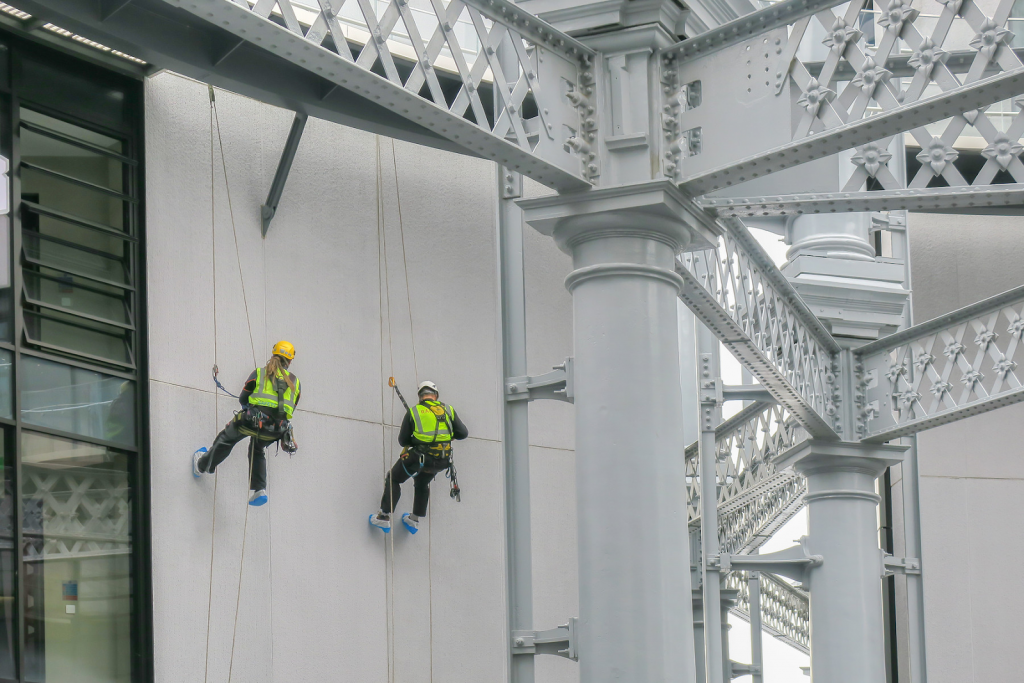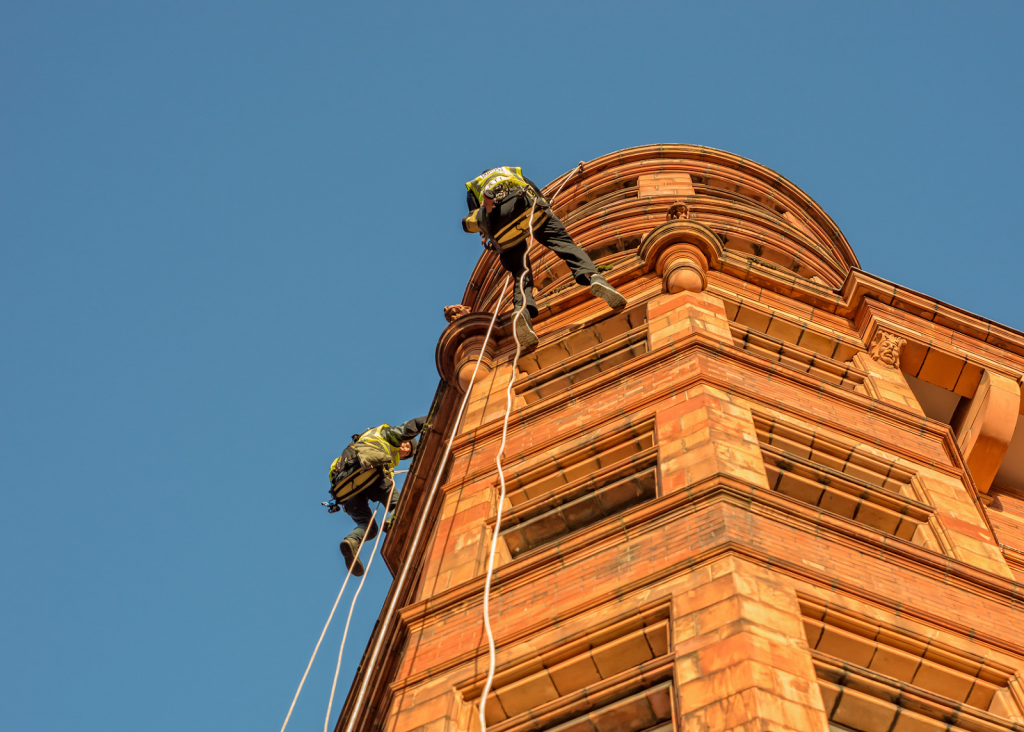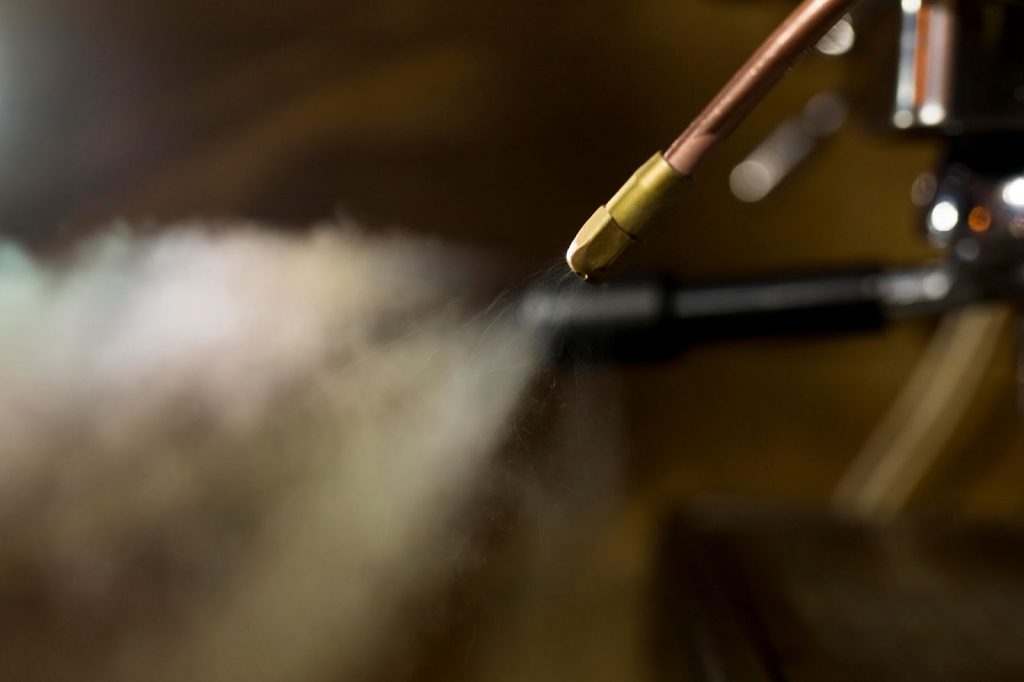
The rope access industry has undergone a remarkable transformation in recent years.
Sustainability is a serious driving force behind innovation. Environmental consciousness is changing how we approach industrial operations, and eco-friendly materials are revolutionising rope access work.
At Rope Access in London, we’ve witnessed firsthand how these sustainable solutions transform fundamental aspects of our work, affecting both commercial and industrial projects.
How Are Sustainable Materials Revolutionising Traditional Rope Access Equipment?
Many revolutionary materials are now replacing traditional petroleum-based equipment.
Sustainable rope access equipment encompasses elements such as recycled metal components that reduce environmental impact without compromising safety or performance standards.
Recycled and Recyclable Hardware
Sustainable rope access encompasses the entire equipment ecosystem. Modern carabiners, descenders, and anchor points often incorporate recycled aluminium and steel.
The circular economy approach ensures that equipment at the end of its service life can be efficiently recycled rather than contributing to landfill waste.
Our specialist technicians, including welders and electricians, have adapted to these sustainable hardware solutions.
The performance characteristics remain unchanged, while the environmental benefits align with the sustainability initiatives of major industrial clients.
What Environmental Impact Does Modern Rope Access Have on Building Maintenance?
The environmental implications of rope access work extend far beyond the materials themselves. They encompass energy consumption, waste generation, and the broader ecological footprint of maintenance operations.
Reduced Carbon Footprint Through Efficient Access
Traditional building maintenance often requires heavy machinery, scaffolding, or aerial work platforms, each with significant environmental costs.
Rope access techniques reduce carbon emissions by eliminating the need for fuel-intensive equipment. In fact, rope access methods can reduce project-related emissions by up to 75% compared to conventional access methods.
Waste Reduction and Material Efficiency
Sustainable rope access practices emphasize waste reduction throughout the project lifecycle. Precise access allows for targeted repairs rather than wholesale replacements, significantly reducing waste generation.
The precision afforded by rope access techniques means we can apply protective coatings, sealants, and other materials exactly where needed. It prevents over-application that can lead to environmental contamination.
Conclusion
The integration of eco-friendly materials in rope access isn’t a fading trend. As the industry continues to evolve, these materials are proving their worth through enhanced performance and alignment with corporate sustainability goals.
Whether we’re conducting routine building maintenance or complex commercial projects, eco-friendly materials enable us to deliver superior results.
The future of rope access is bright. Continued innovation in sustainable materials and improved manufacturing processes allow us to hope to see even greater environmental benefits and performance improvements.
Frequently Asked Questions
What certifications should I look for?
Look for providers with both ISO 14001 environmental management certification and traditional rope access certifications, such as IRATA or SPRAT.
If you care about the environment, search for companies that use materials certified by organisations like the Forest Stewardship Council (FSC) for bio-based components or the Global Recycled Standard (GRS) for recycled materials.
Do eco-friendly materials impact the cost of rope access services?
Eco-friendly materials usually come with higher upfront costs. However, the total cost of ownership often favours eco-friendly options due to increased durability.
Reduced wear and tear means less frequent equipment turnover, lowering long-term operational costs.


















